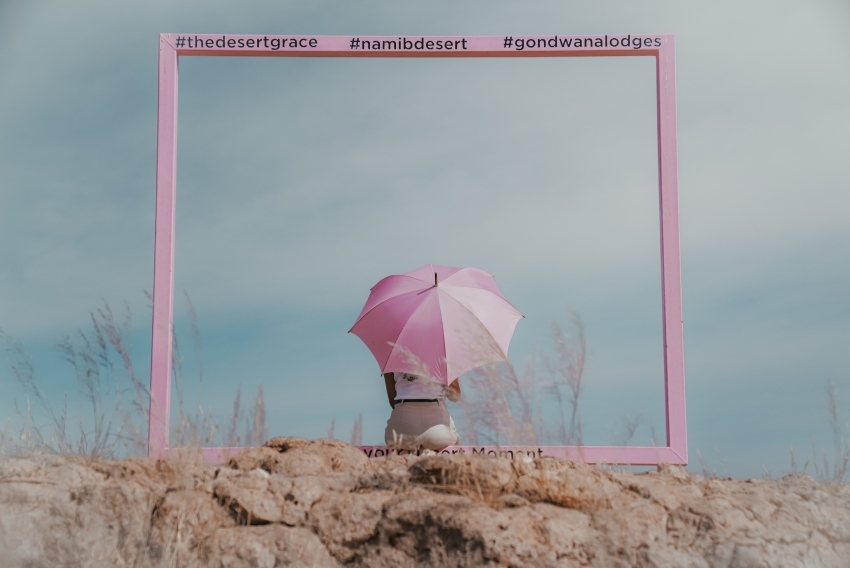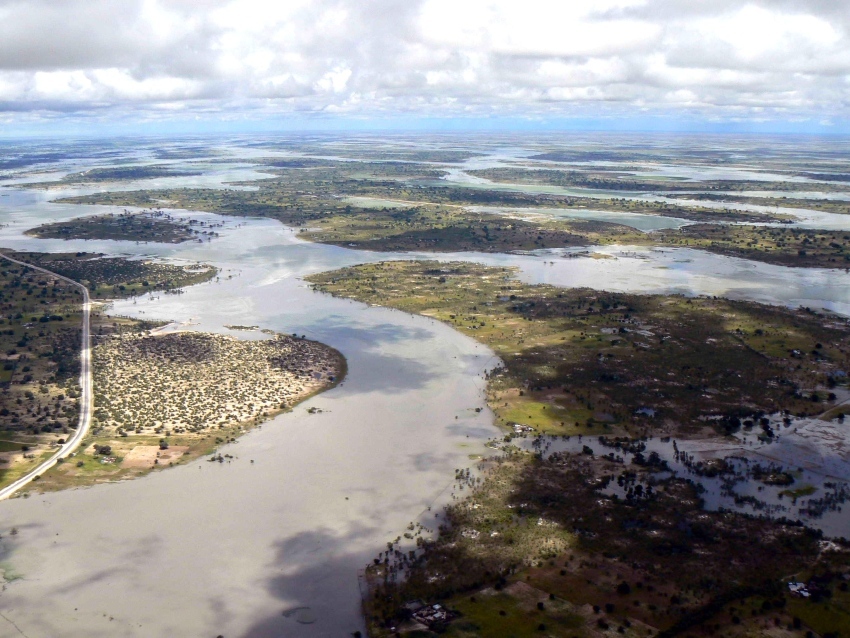Frequently Asked Questions
Explore FAQs Below
↓

General Weather

Climate Zones

Best Time to Visit
General Weather
Q
What is the average temperature in Namibia?
A
Namibia experiences a wide range of temperatures depending on the region and season. Coastal areas like Swakopmund average 15°C-25°C (59°F-77°F) year-round due to the cold Benguela Current. Inland areas can reach 30°C-35°C (86°F-95°F) in summer (November-March) and drop to 5°C-15°C (41°F-59°F) in winter (May-August). The Namib Desert experiences extreme temperature variations, with daytime highs exceeding 40°C (104°F) and nighttime lows near freezing.
Q
Does Namibia have a rainy season?
A
Yes, Namibia's rainy season typically runs from November to April, with peak rainfall in January and February. However, Namibia is one of the driest countries in Africa, with most regions receiving less than 400mm of annual rainfall. The northern regions like the Caprivi Strip receive the most rain (up to 600mm), while the Namib Desert and coastal areas receive almost none. Rain usually comes as afternoon thunderstorms that are brief but intense.
Q
Why is the Namibian coast so foggy?
A
The Namibian coast experiences frequent fog due to the cold Benguela Current that flows northward from Antarctica. When warm, moisture-laden air from the interior meets this cold ocean current, condensation occurs, creating thick fog that can penetrate up to 50km inland. This fog is vital to the Namib Desert ecosystem, providing moisture to unique species like the fog-basking beetle and sustaining plants in one of the world's driest deserts. Fog is most common in the early morning hours.
Climate Zones
Q
What are Namibia's main climate zones?
A
Namibia has four main climate zones: 1. Namib Desert (Coastal) - Cool, arid with frequent fog and minimal rainfall. 2. Central Plateau - Semi-arid with hot summers (30°C-35°C) and mild winters (15°C-20°C), includes Windhoek. 3. Kalahari Desert (East) - Hot and dry with summer rainfall, temperatures can exceed 40°C. 4. Northern Regions - Sub-tropical with higher rainfall (400-600mm annually) and warmer temperatures year-round. Each zone has distinct weather patterns influenced by altitude, latitude, and ocean currents.
Q
How does altitude affect Namibia's weather?
A
Altitude significantly impacts Namibia's temperatures. The Central Plateau, including Windhoek at 1,700m elevation, experiences milder temperatures than lowland areas despite being inland. For every 100m increase in altitude, temperatures drop by approximately 0.6°C. This means highland areas like the Khomas Hochland can be 10-15°C cooler than the coastal plains. Higher elevations also receive more rainfall and experience greater temperature fluctuations between day and night, with winter nights occasionally dropping below freezing.
Best Time to Visit
Q
When is the best time to visit Namibia for weather?
A
The best time to visit Namibia for pleasant weather is during the dry winter months from May to October. During this period, temperatures are mild (20°C-25°C during the day), skies are clear, and humidity is low. June to August offers the coolest temperatures, ideal for hiking and outdoor activities, though nights can be cold (near 0°C). September and October are warmer but still comfortable. The rainy season (November-April) brings higher temperatures and occasional afternoon storms, but also transforms the desert with blooming flowers and lush vegetation.
Q
What should I pack for Namibia's weather?
A
Pack for layering as Namibia experiences significant temperature variations. Essential items include: Lightweight, breathable clothing for hot days, warm jacket or fleece for cool mornings and evenings (especially May-August), sun protection (hat, sunglasses, SPF 50+ sunscreen), closed walking shoes for desert terrain, and a light rain jacket if visiting November-March. Coastal areas like Swakopmund require warmer layers year-round due to fog and wind. Neutral colors are best for wildlife viewing areas.
Q
Is Namibia's summer too hot for travel?
A
Summer (November-March) can be hot, with temperatures reaching 35°C-40°C (95°F-104°F) in many areas, but it's not prohibitively hot for travel if you plan accordingly. Travel early morning or late afternoon, stay hydrated, and seek shade during peak heat (12pm-3pm). Summer advantages include: fewer tourists, lower prices, dramatic thunderstorm skies for photography, newborn animals, and green landscapes after rains. The coastal areas remain cooler (20°C-25°C) year-round. If you handle heat well, summer can be a rewarding time to visit Namibia.
.png?width=400&height=69&name=Namibia_Weather%20(4).png)